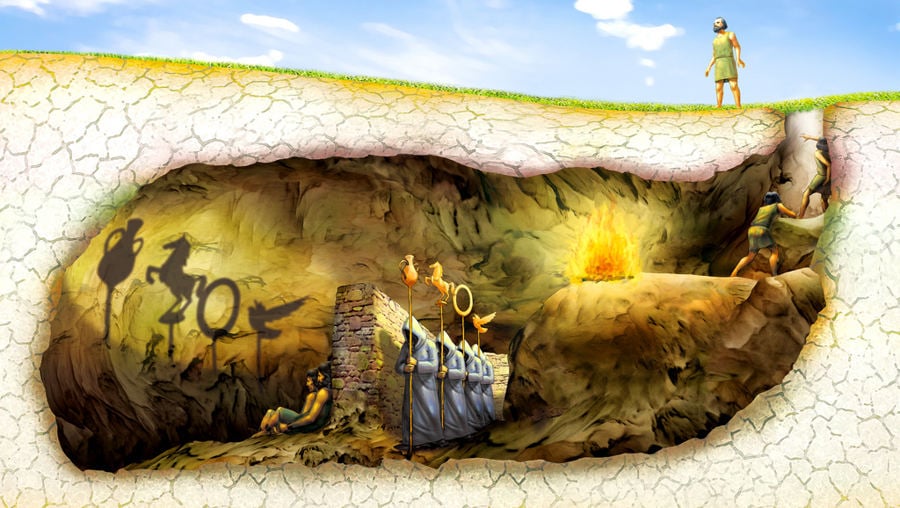This past Saturday, I (Shannon) met up with Jia at the arts and crafts store, Michael’s, to purchase felt, string, and scraps of crinkle and gift wrapping paper in assorted shades of brown and black to achieve an authentic, “Underground”-feel. We have five black copies of the book that are brimming with crinkle paper to signify messiness and the wooden boards of the floor the Underground Man lives under. Then, we also made five brown felt covered copies of the book, which are neat and beautiful, to represent the ideals that the Underground Man believes in and attempts to pursue. All of the copies will be bound by twine-like string to capture the sense that we, too, were struggling underground while making these books and could only tie together our manuscripts with bits of string that we scrounged up. As we get into the actual labor of making our ten copies of the Book About a Book project, we are getting into a position where we are more informed and better able to answer the professor’s questions and delve into details.
 Our work at the library
Our work at the library
The audience of our book will be art critics, art enthusiasts, and consumers of culture. This broad category includes students of this class and the professor, but also the greater art community that appreciates punk zines and grungy garage band style music. After all, Dostoevsky’s novel was published near the turn of the century, at the end of the Victorian era for many Western countries, where traditions were beginning to be questioned and subverted. Our book’s chosen format and methodology is reflective of those historical implications. This particular aesthetic of embracing free will and the tendency toward messiness and chaos is very popular amongst purveyors of modern art and the pioneers of the modernist art movement.
More specifically, our book is made by artists who wish to pay homage to the influence of Dostoevsky’s Notes from Underground by imitating the aesthetics of the period (as if our book is an artifact from the 1800’s that has only recently been unearthed) and the aesthetics of the ideals that the Underground Man is keen on pursuing. While paying tribute to Dostoevsky, we are at the same time analyzing the labors that his work involved and the discourse that he sparked on humankind’s free will and the pursuit of lofty ideals. We want our book to ask and answer several questions including why is Notes from Underground an influential and “great” text? Who said so? (To some extent, artistic community judged it to be so.)
As we finish up our book, we have made a series of changes and upgrades to our initial idea. We will order our copies of the book as one through ten. The second book and the fourth book will have a special connection (more details on this will be determined as we reach completion of the project) to reflect the prominence of the mathematical formula 2 x 2 = 4 in Dostoevsky’s novel. The order of the contents of our book will vary from copy to copy, thus giving each copy a distinct and unique feel. The reader will get a different experience and interpretation depending on which copy they read.
The text and graphic parts of our book will be photocopied and reproduced for each copy but each copy will come with its own unique short poem to give the copies its own bit of fresh content. The many poems will be reflective of the Underground Man’s garrulous tendencies and his ability to write on and on forever so much so that Dostoevsky, or the implied editor of the manuscript, had to cut him off at the end of the text. We really like the professor’s idea about making part of the text ask the reader to flip the book over and start reading in a different direction, but as we haven’t reached this step yet, we are unsure of if it would really look good and be effective upon execution.



